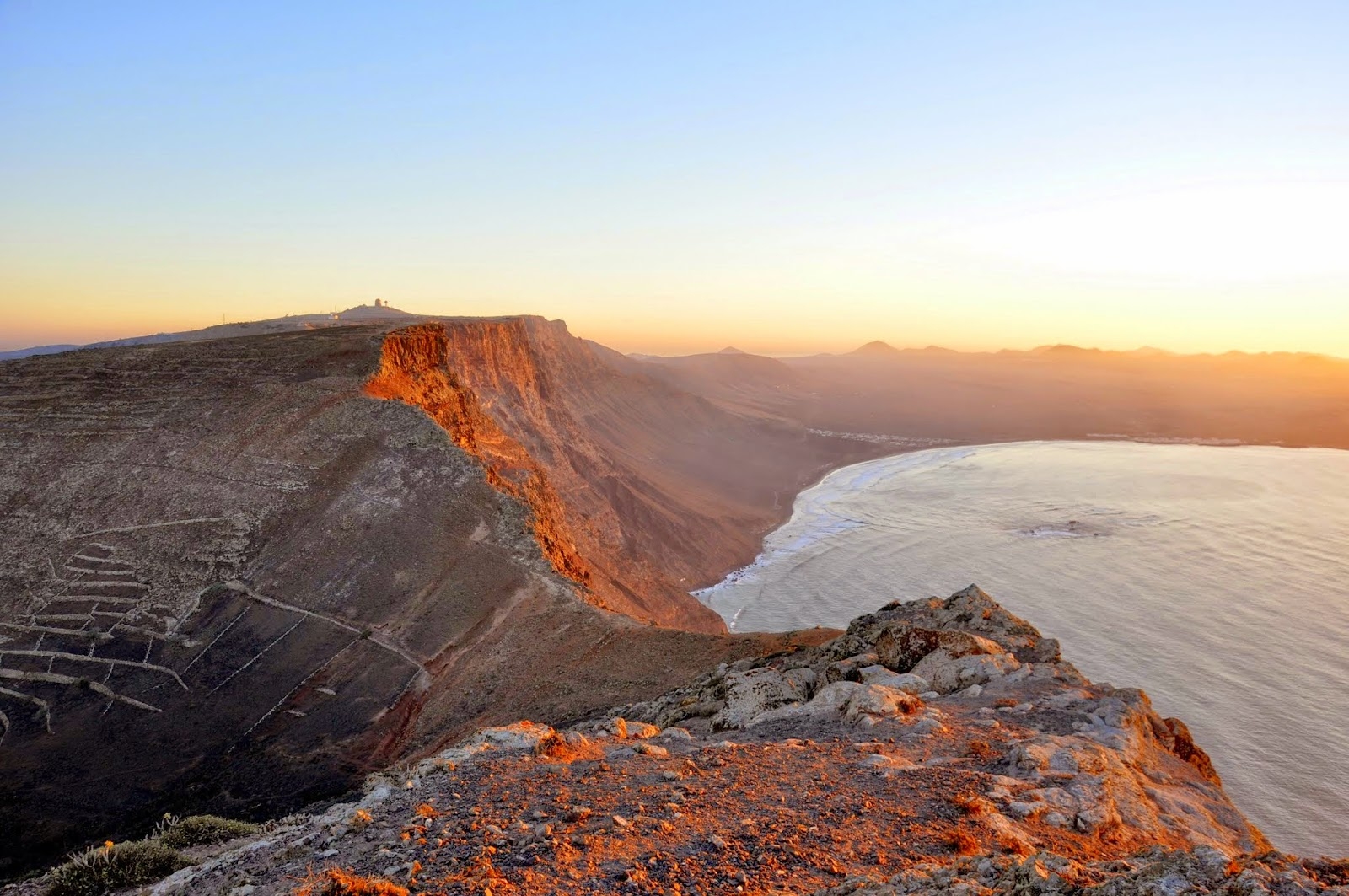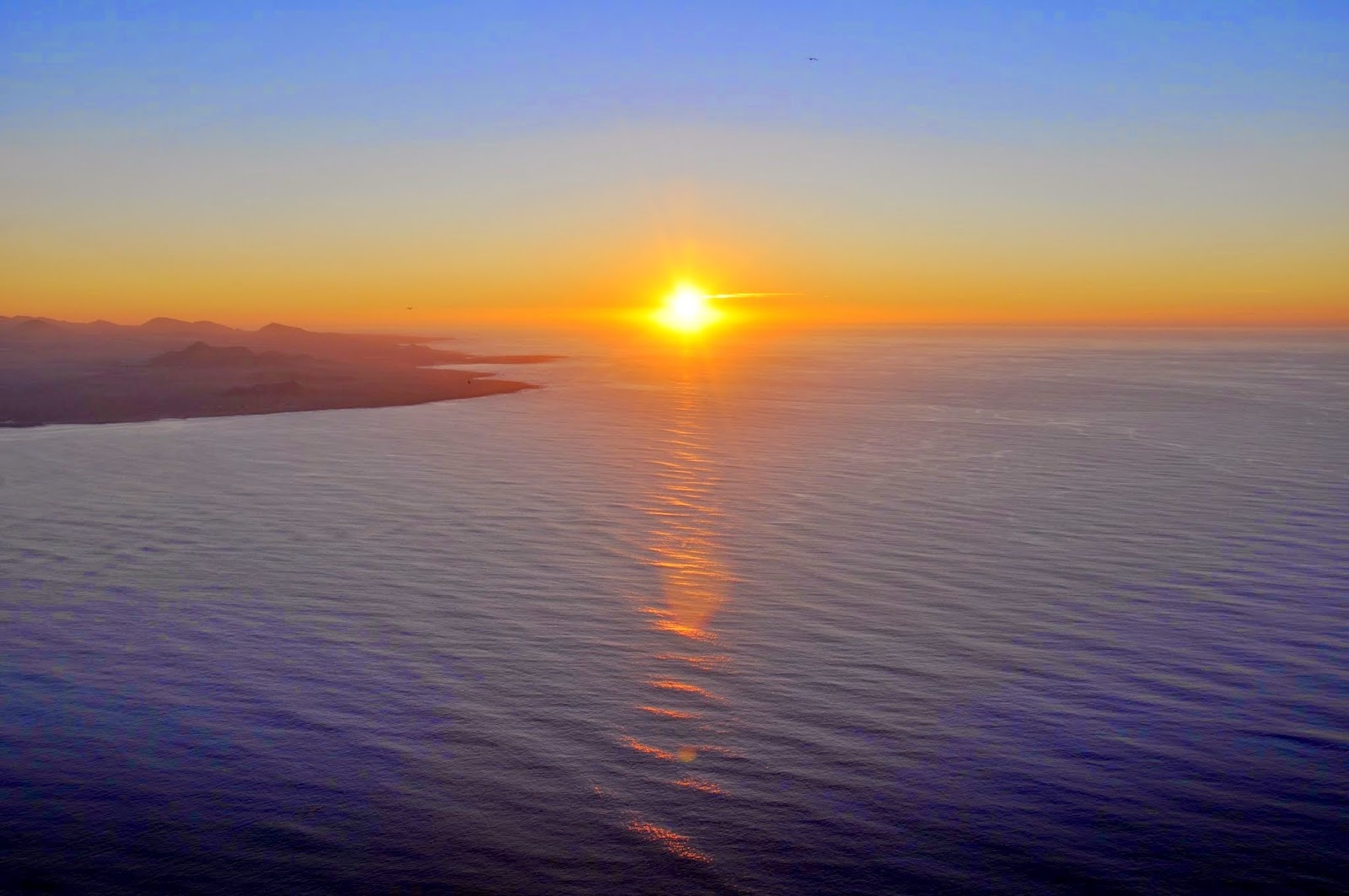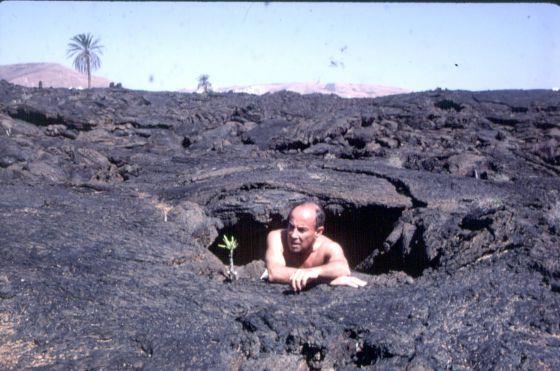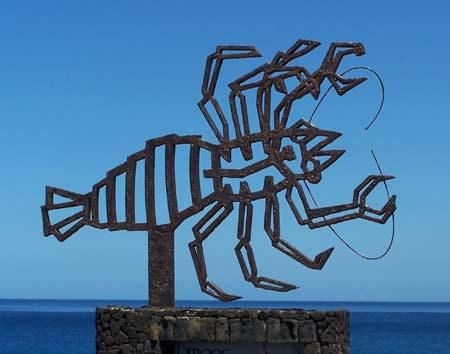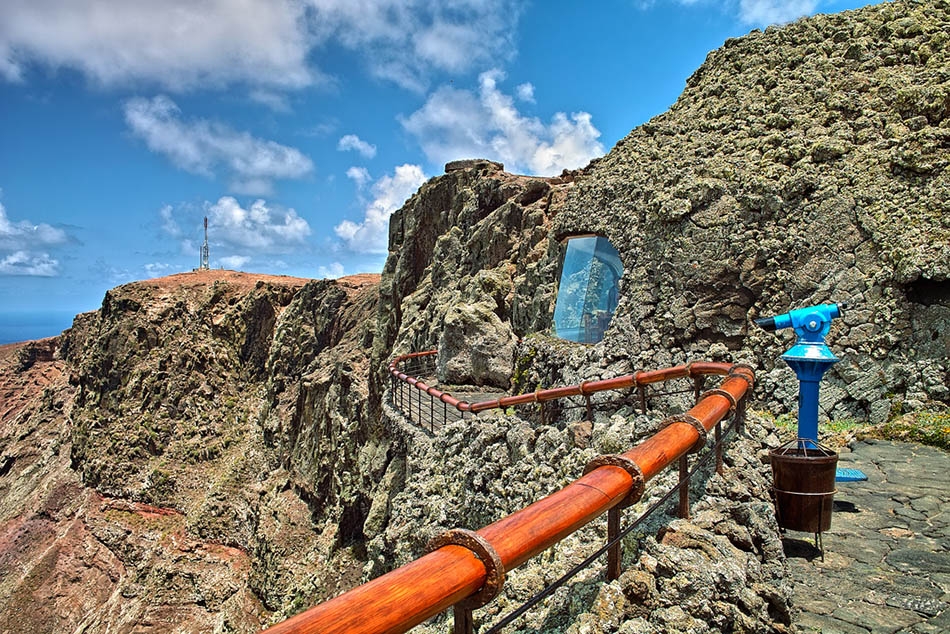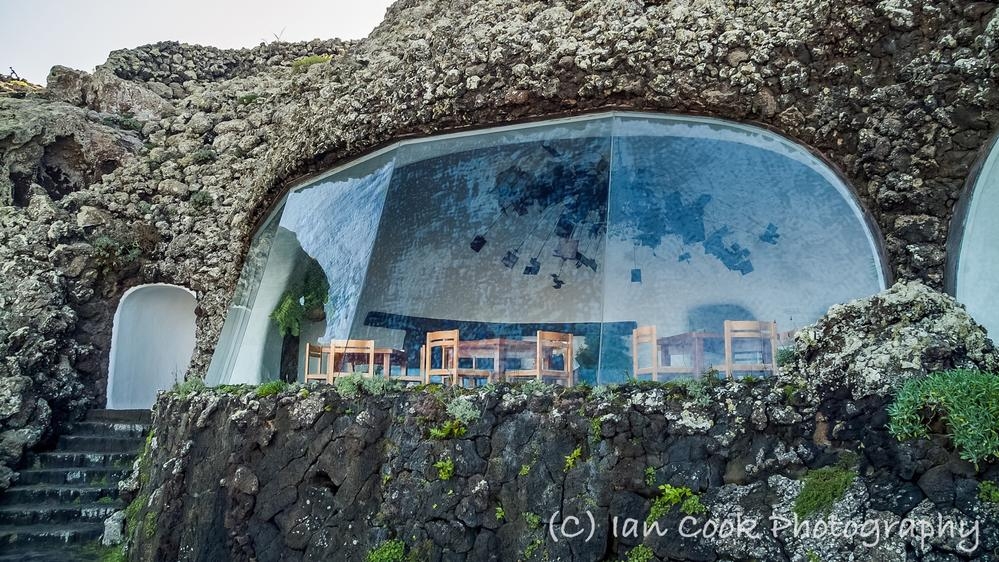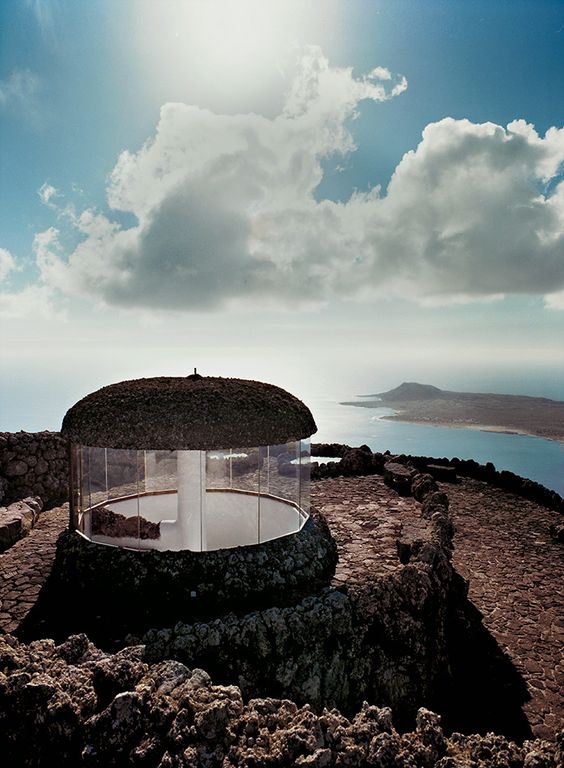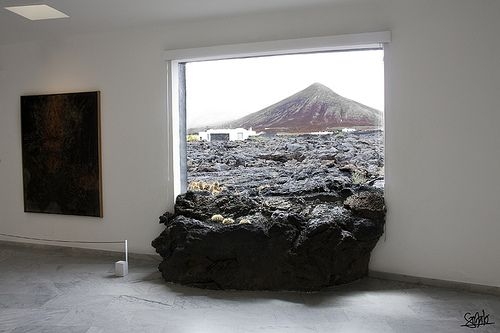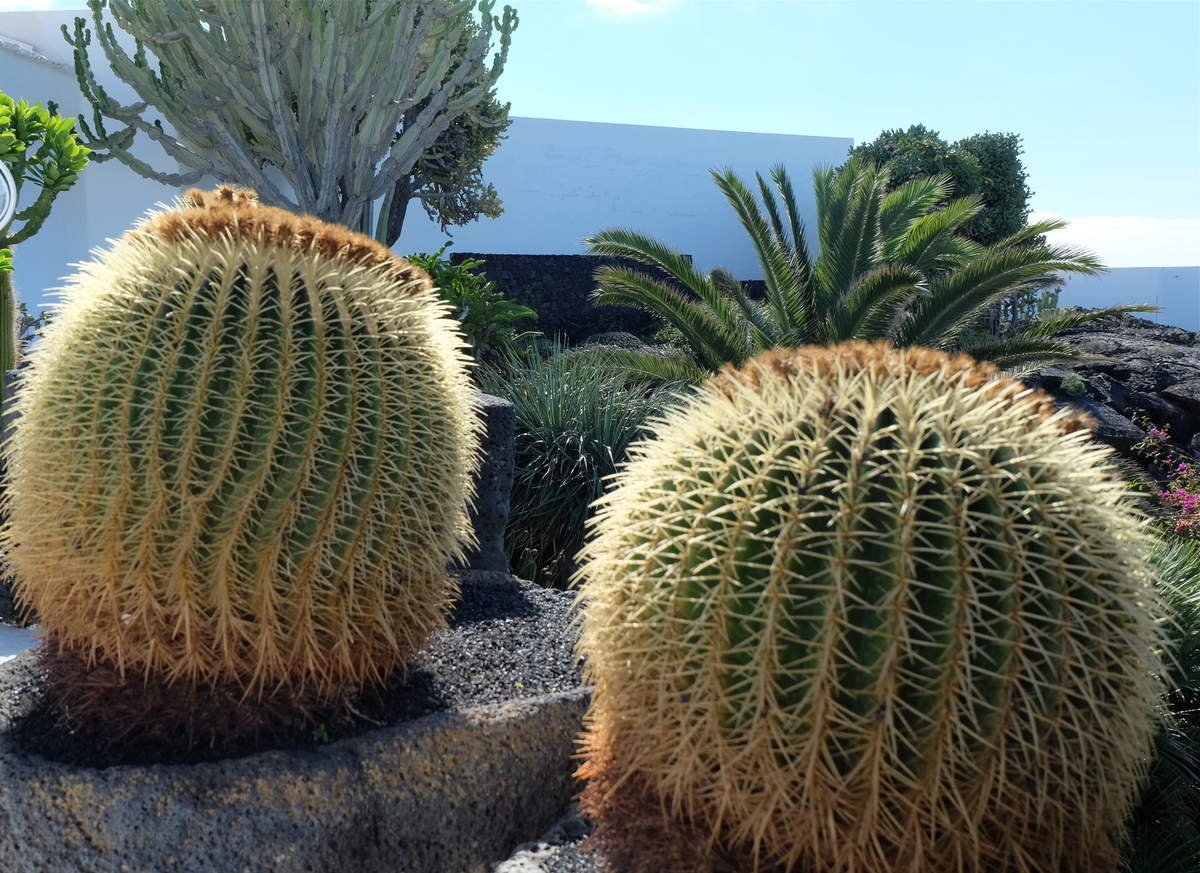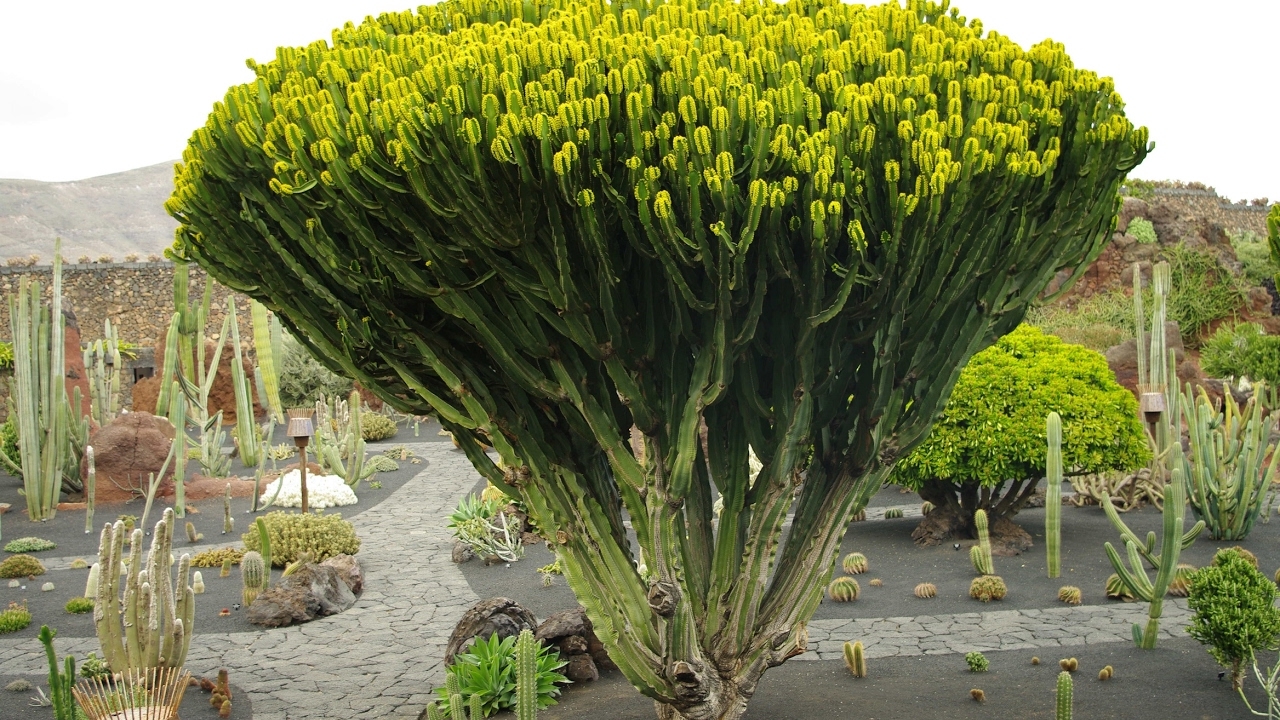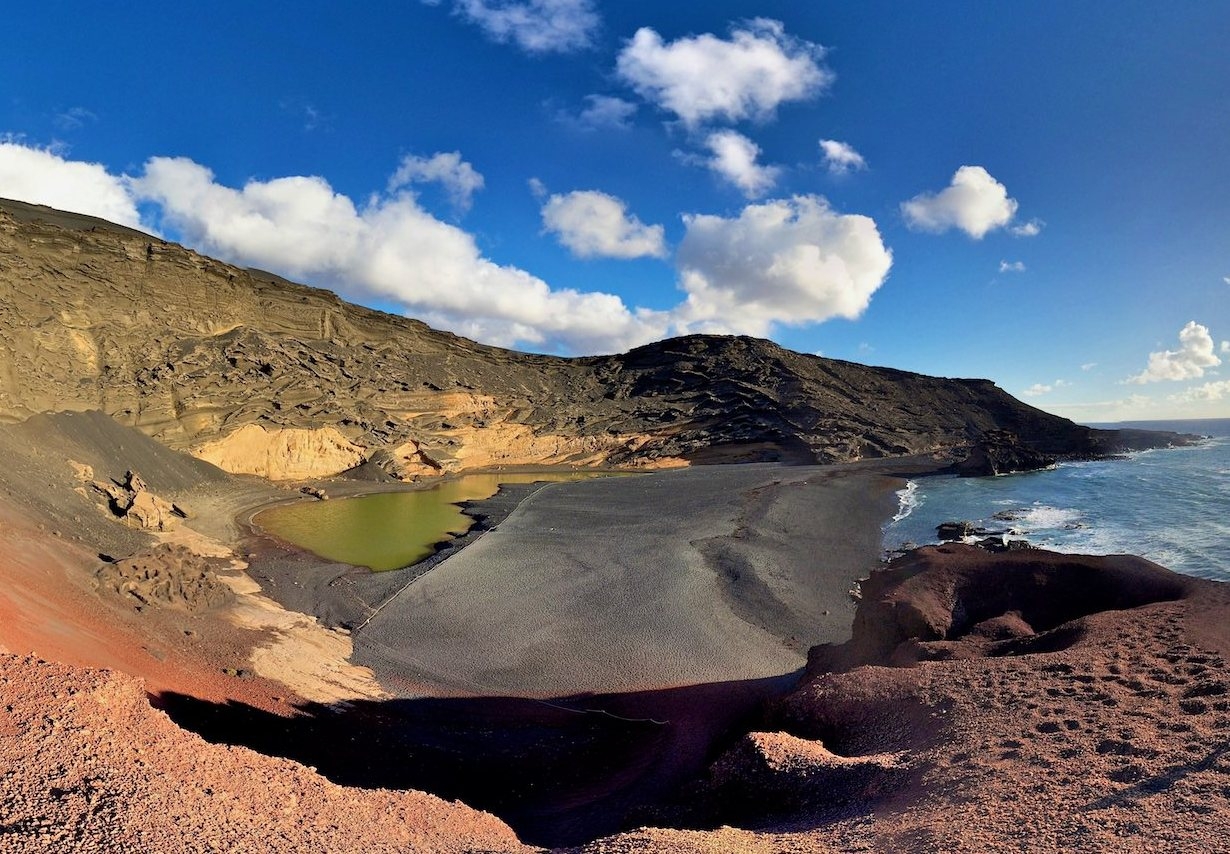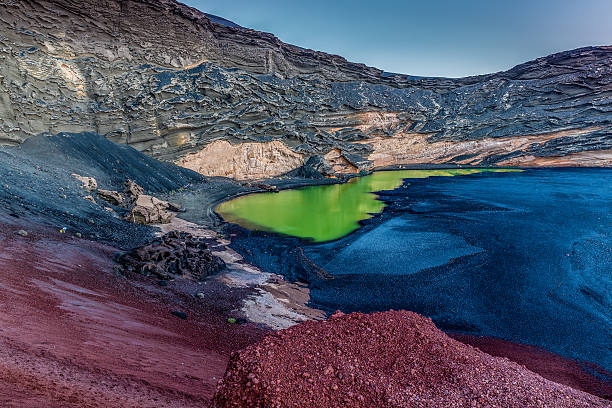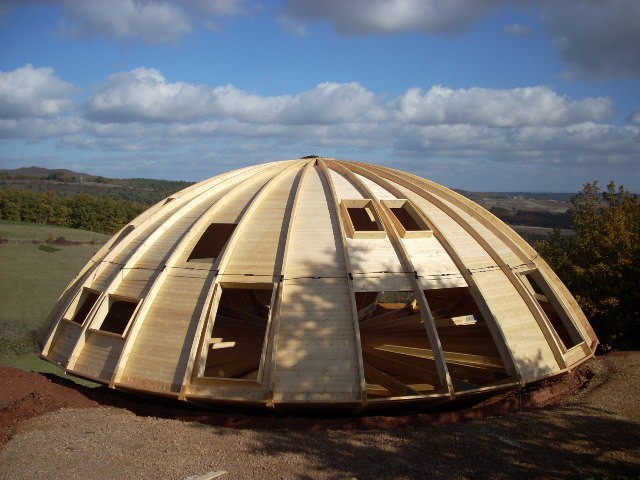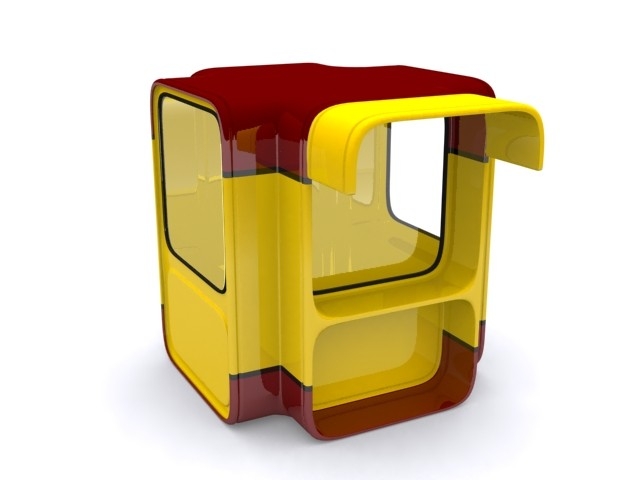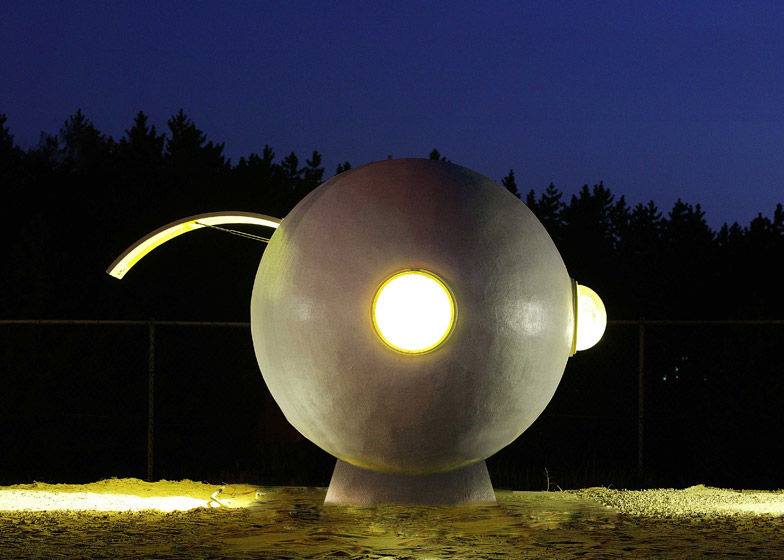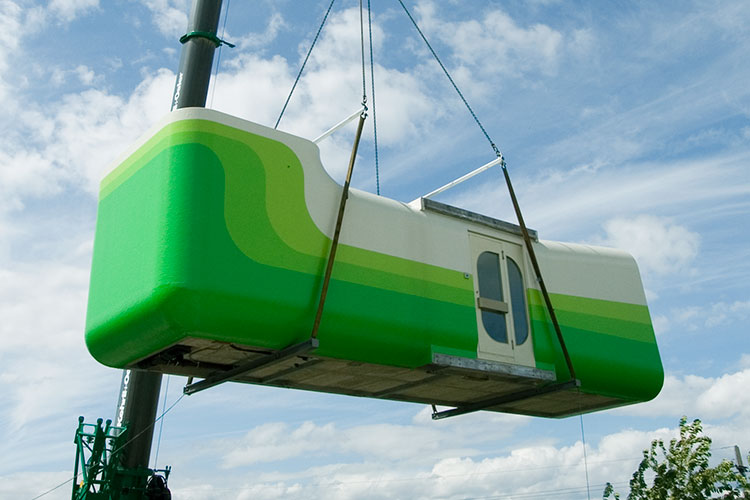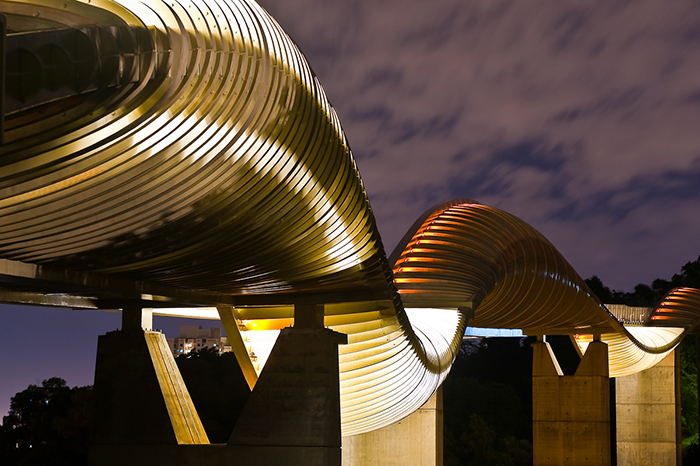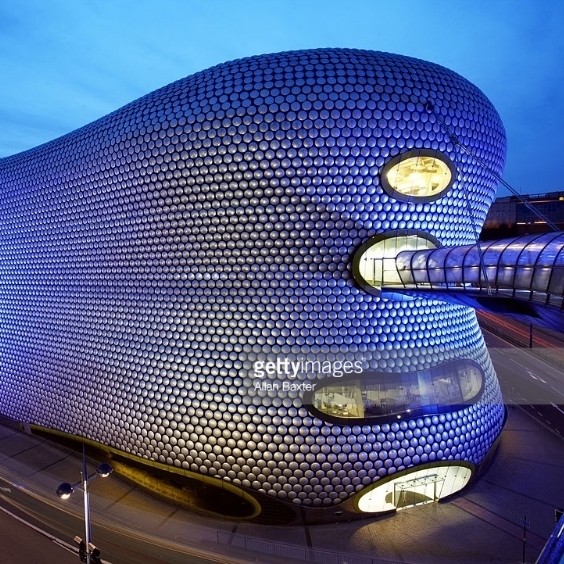César Manrique Foundation Lanzarote Canary Islands – Spain
CESAR MANRIQUE
LANZAROTE – Le Mirador del Río, Canaries

A monumental sculpture adorns the & rsquo; entry and invited to visit !
In the building of the Fundación César Manrique is now the César Manrique Foundation. Mirador del Rio
Lanzarote, which is the & rsquo; one of the oldest of the Canary Islands, is the result of & rsquo; volcanic activity which began there some 22 million & rsquo; years. The patina of time s & rsquo; is responsible for shaping its landscape and its structure, to provide d & rsquo; a truly spectacular nature, declared a Biosphere Reserve by’UNESCO.
North of the island and arranged in 1974, the northwestern outskirts of the & rsquo; island. The Mirador del Rio is one of the works that & rsquo; artist Cesar Manrique realized on & rsquo; island of Lanzarote. Located on the cliff of Risco de Famara, almost 475 meters, it dominates the region and offers spectacular views of the islands of the & rsquo; archipelago Chinijo, including the famous Graciosa. It's in 1973 Manrique, attended the sculptor Jesús Rafael Soto and the & rsquo; architect Eduardo Cáceres decides to & rsquo; develop a promontory of & rsquo; extreme north of the & rsquo; island in order to enhance the scene. C & rsquo; is a typical representation of the & rsquo; artist on & rsquo; island where he combines artistic details with the natural elements at its disposal.

A door on each side of the room allows d & rsquo; access to a terrace, to & rsquo; outside, where there are telescopes for a closer look Graciosa and neighboring islands.

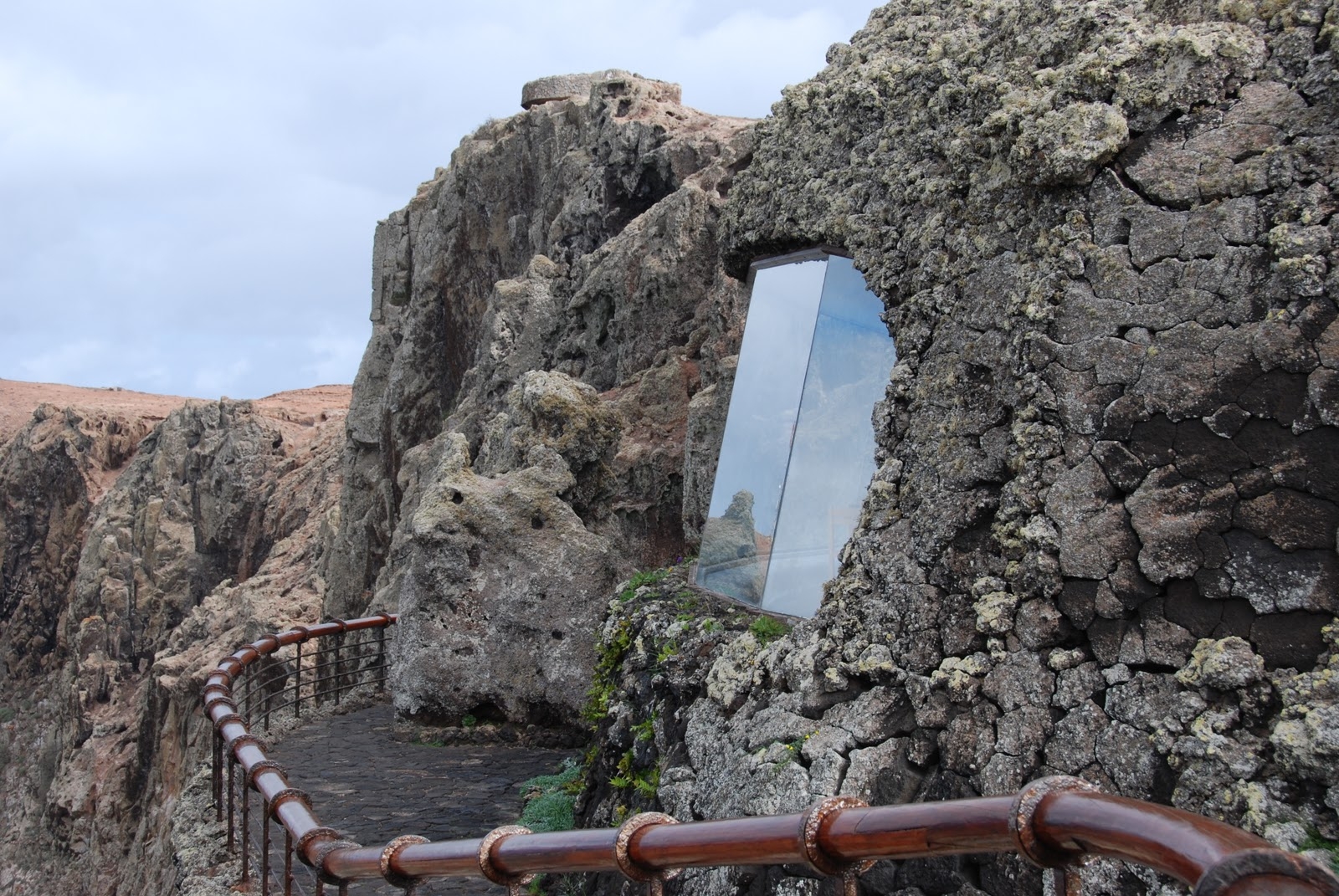
Located at 400 meters, on the Risco de Famara, le Mirador del Río is the & rsquo; one of the most representative architectural creations of Cesar Manrique as it shows a series of artistic and architectural details and desire to combine art and nature. It is located near the d & rsquo remains, a former military base dating back to the late 19th century.
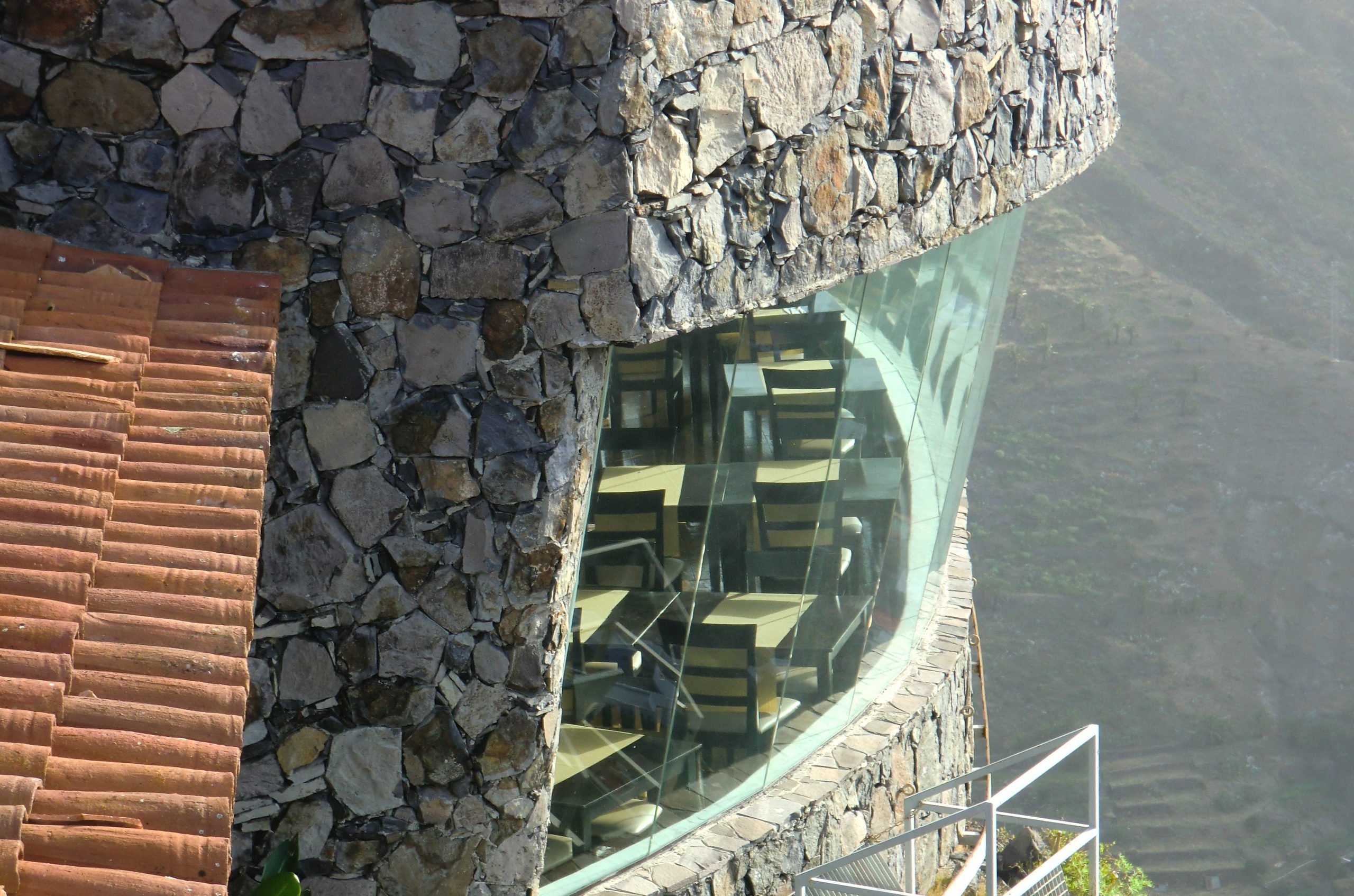
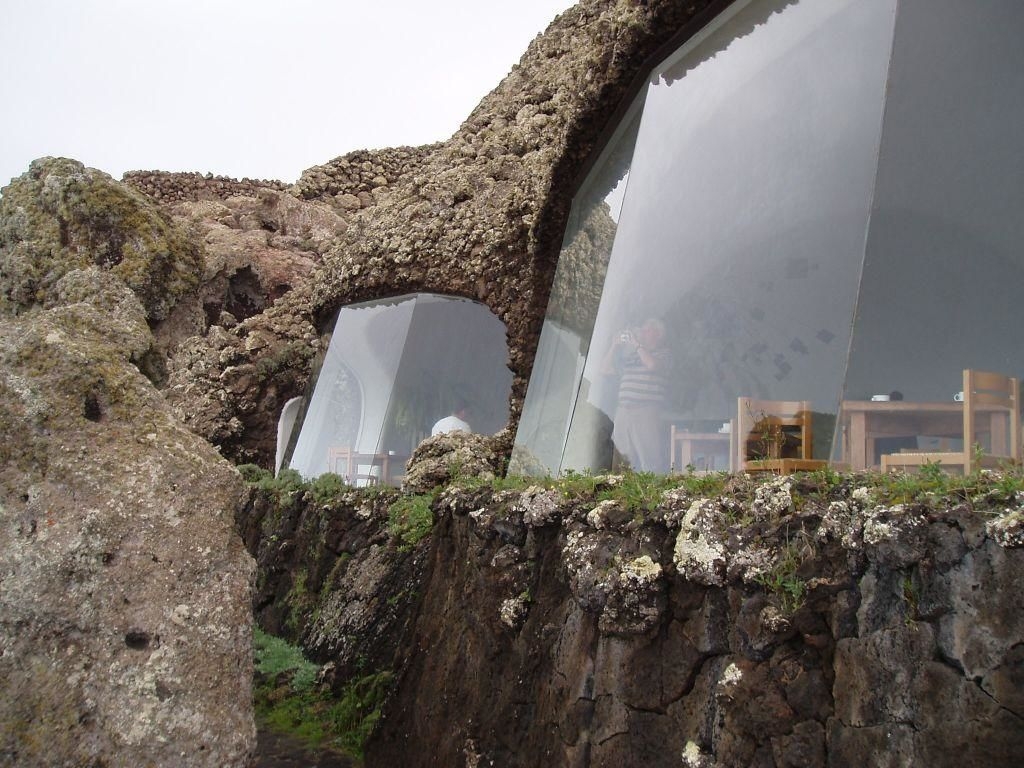
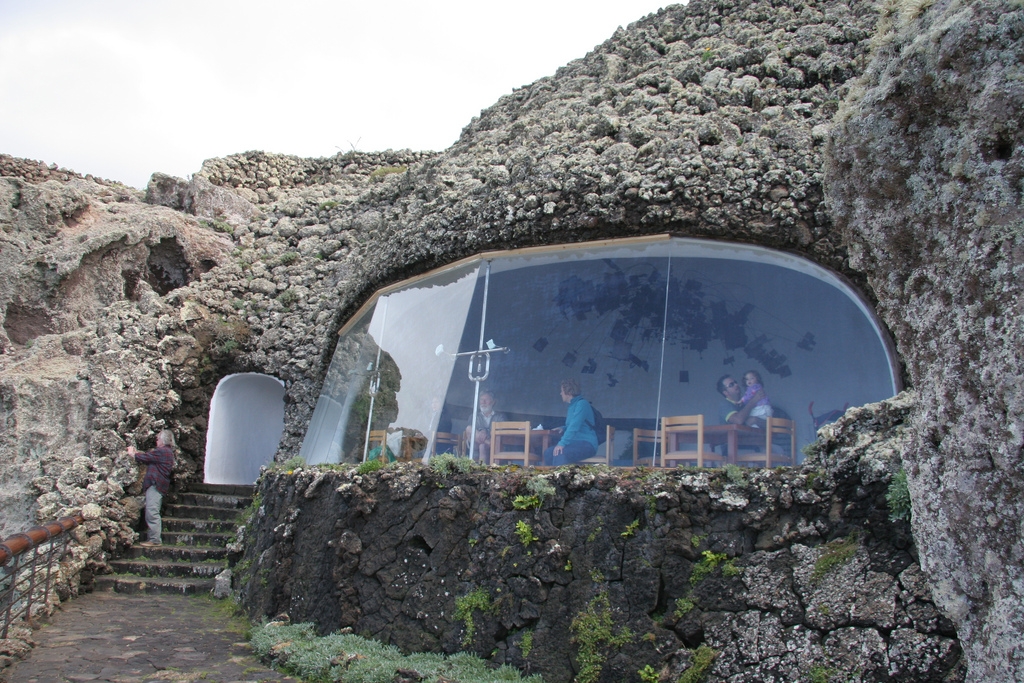
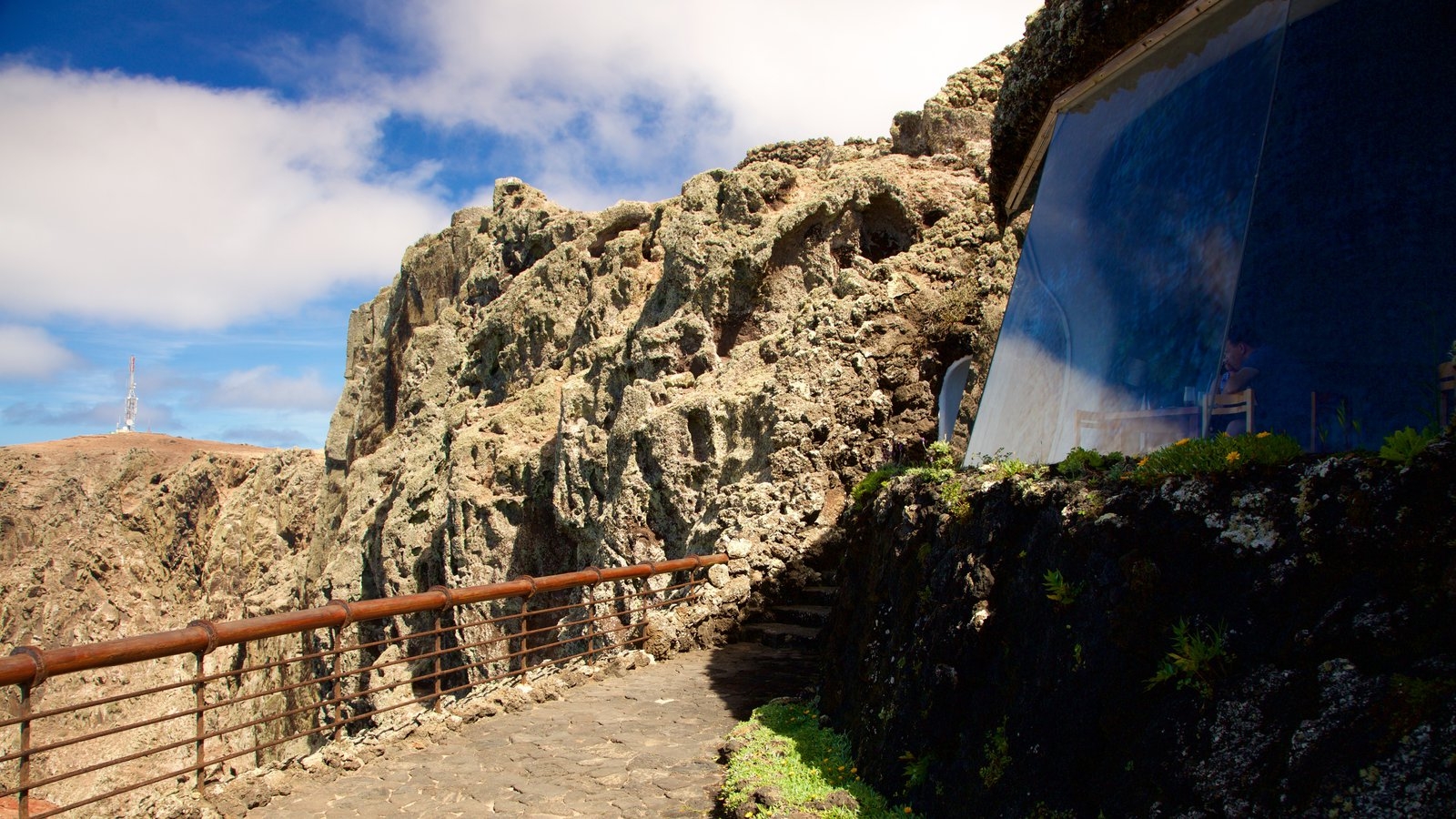

The Mirador is superbly integrated and almost invisible, covered under a volcanic stone mantle. It is hidden on the rock in a way that only a genius of the magnitude of Manrique could design. By its appearance, is considered the most volcanic of the Canary Islands. its landscape “lunar”, covered with craters, ravines and valleys of solidified lava, is the & rsquo; one of its main attractions.

Views on the land from the Mirador del Rio
After the & rsquo; entry, c & rsquo; is a winding corridor d & rsquo; a typical Lanzarote White leads the visitor into a glass area which offers first stunning views of the sea and Graciosa. The walls are decorated with ceramics created by Juan Brito. A cafe is located on this large room and it is possible to & rsquo; admire the view of the & rsquo; inside with a hot drink the windy days as with a refresh on days when the sun heats. The narrow stretch of sea that separates the coast of Lanzarote islands is called "El Río" (River) and gives its name to the Belvedere. At the bottom of the cliff of Famara can see the salt marshes del Río or Guza, notable for their reddish color and known to be the oldest saline Island.
Manrique Foundation
Gallery and Foundation & rsquo; s !
Bar de los Jameos del Agua in Haría in Lanzarote with an underground lake and caves that it has transformed into a restaurant bar and theater.


Bar Jameos Lanzarote Haria

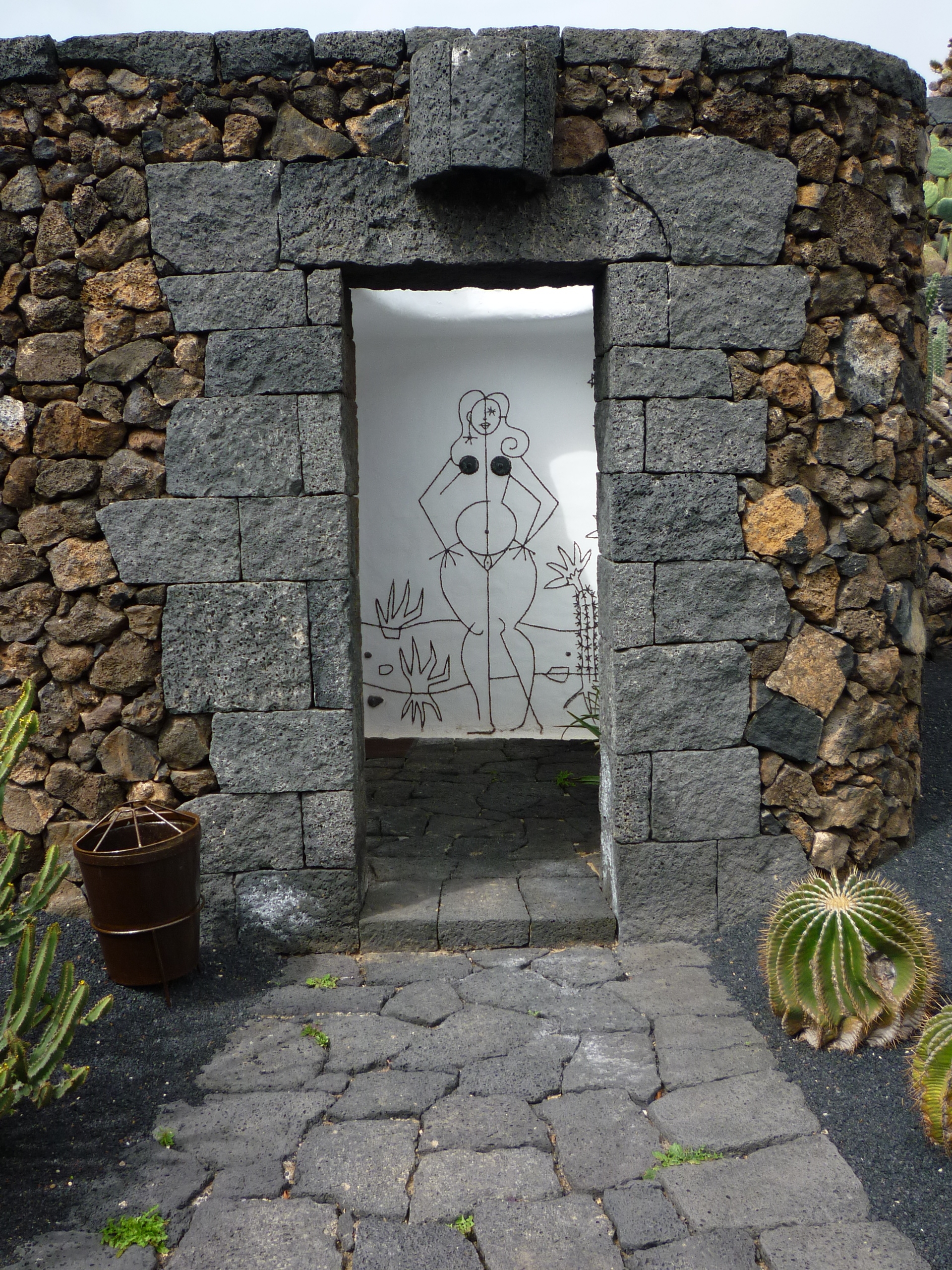
Cactus Garden – Guatiza
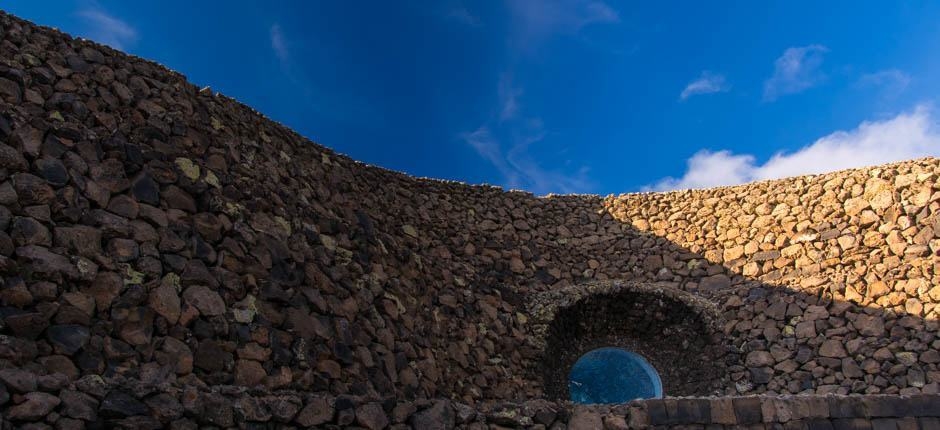

The Cactus Garden is located in the town of Guatiza, the municipality of Teguise.
The Cactus Garden is a magnificent example of & rsquo; integrated architectural intervention in the landscape. César Manrique makes this bold architectural work maintaining the unbreakable pair of & rsquo; art and nature that exude all its interventions. The large metal cactus to & rsquo; entrance and the iron door stand at & rsquo; outside of & rsquo; enclosure. These two elements make us already presage the majestic and surprising character of & rsquo; interior.
Its climate d & rsquo; eternal spring you will enjoy the contrast and beauty of its coastline in all periods of the & rsquo; year. You will find beaches of black or golden sand, whether in urban areas or in protected natural areas… You will also discover considerable ecological value of sites such as the Timanfaya National Park, where you can admire a wide variety of volcanic forms, or the natural park of the & rsquo; Chinijo Archipelago, which is home to many species of & rsquo; seabirds.
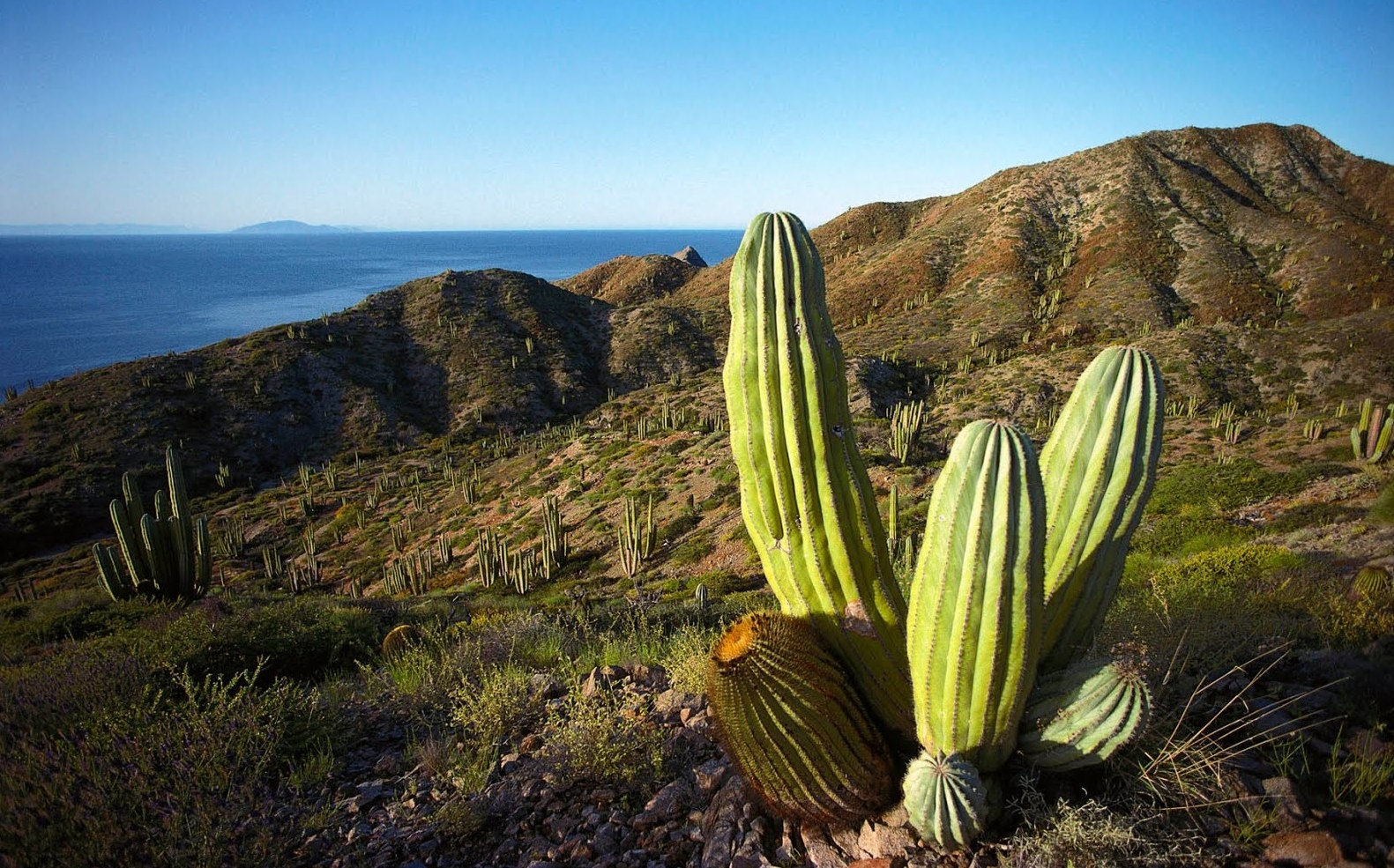
If you want to understand the relationship between the population and the & rsquo; volcanic environment so singular & rsquo; island, visit its centers d & rsquo; s, culture and tourism. Created to protect the island heritage, they are all different, and together form a critical view of the local culture. And if you like sports, multiple possibilities s & rsquo; offer you. You can play golf in the middle of lava fields and cactus, snorkel diving amongst magnificent seabed, enjoy great fishing or surfing, since its waves are considered among the best d & rsquo; Europe. You can reach Lanzarote with its capital, Arrecife, by plane and by boat. For s & rsquo; there move, The easiest is to rent a car, since the two most distant points of the & rsquo; island are remote that 71 kilometers..
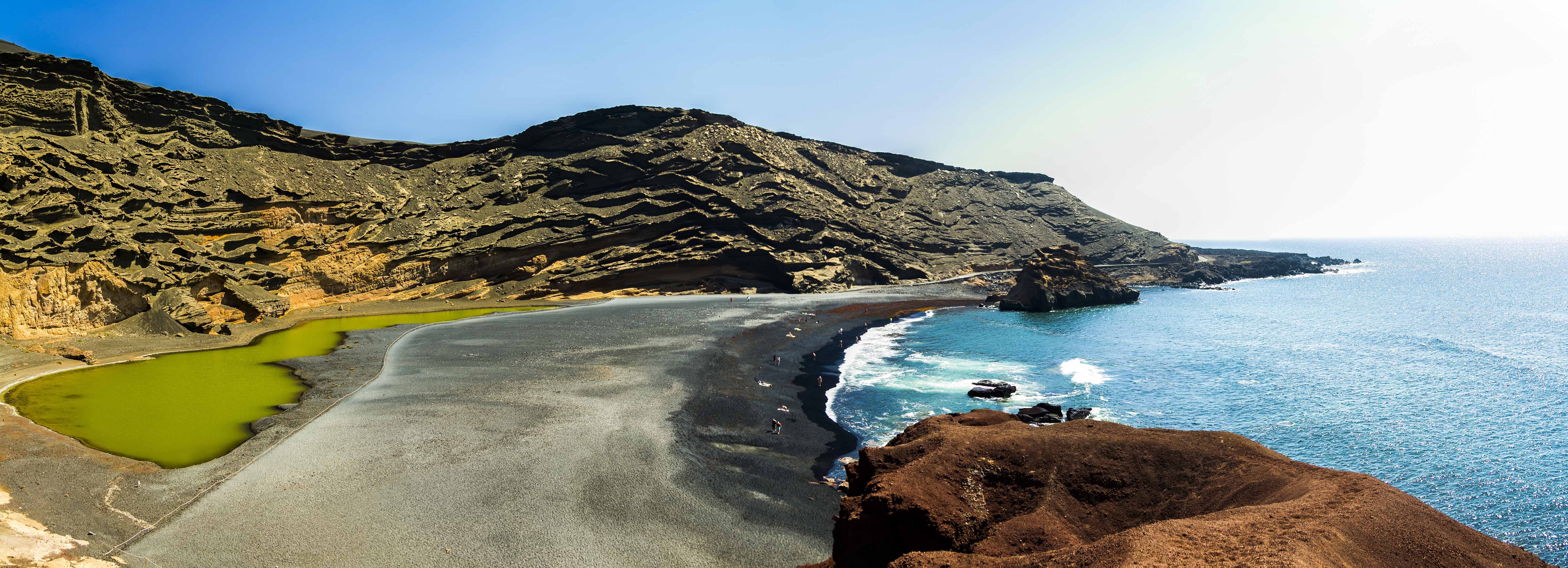
Le Golfe Lanzarote – The Canary Islands, Spain (OC)

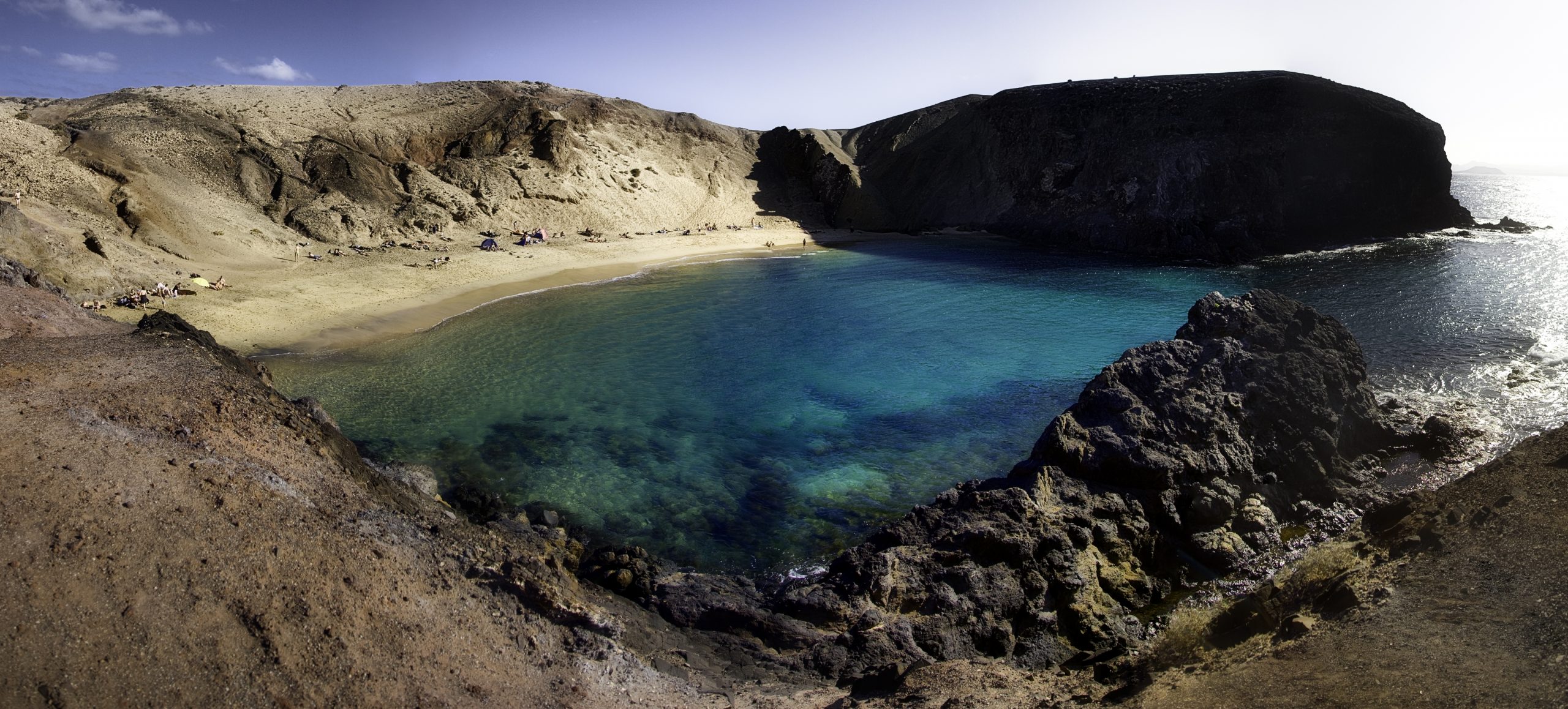

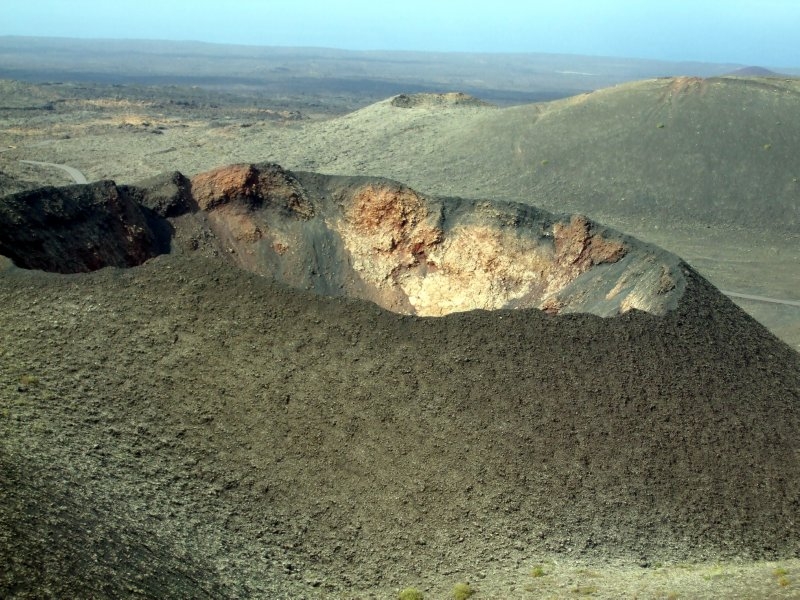
More than 5 000 hectares of petrified lava, crevices and craters, discover the lunar landscape of Timanfaya National Park resulting from exceptional volcanic activity on the island of Lanzarote.
